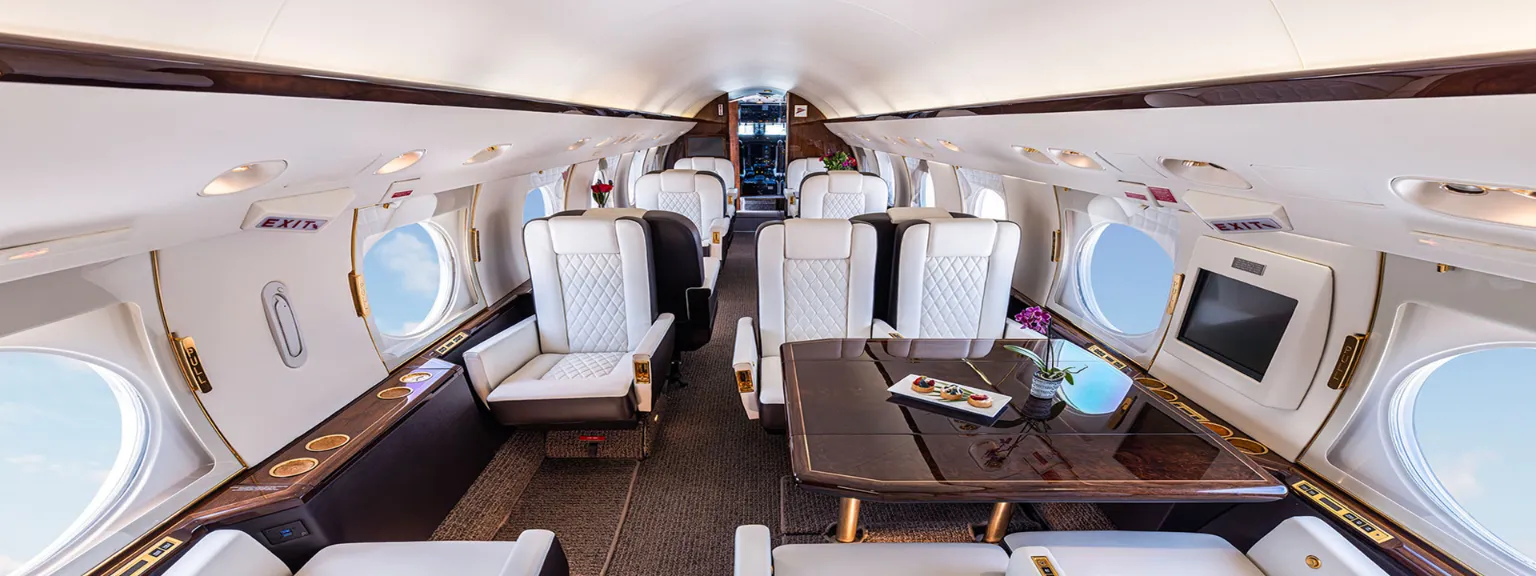In the aviation industry, attention to detail is paramount, and one often-overlooked aspect of aircraft design is the aircraft carpet. While it may seem like a minor consideration, the choice of carpet can significantly impact passenger comfort, safety, and the overall aesthetic of the aircraft interior. In this article, we will explore the features, benefits, and considerations of using aircraft carpet.

What is Aircraft Carpet?
Aircraft carpet is specifically designed for use in airplanes, with unique characteristics that differentiate it from standard commercial carpeting. It is engineered to meet strict industry standards for safety, durability, and maintenance. Typically made from synthetic fibers, aircraft carpet is lightweight, fire-resistant, and easy to clean, making it ideal for the demanding environment of air travel.

Key Features of Aircraft Carpet
1.Fire Resistance: Given the stringent safety regulations in aviation, aircraft carpet must be fire-resistant. This feature is critical in ensuring passenger safety during flight.
2.Durability: Aircraft carpets are designed to withstand high foot traffic and the wear and tear associated with continuous use. This durability ensures that the carpet maintains its appearance and functionality over time.
3.Lightweight: Weight is a crucial factor in aviation, as it directly affects fuel efficiency. Aircraft carpets are designed to be lightweight, helping to minimize overall aircraft weight without compromising quality.
4.Noise Reduction: The right carpet can help reduce noise levels within the cabin, contributing to a more pleasant flying experience for passengers.
5.Easy Maintenance: Aircraft carpets are often treated to be stain-resistant and are designed for easy cleaning, essential for maintaining hygiene in an enclosed space.
Benefits of Aircraft Carpet
1.Enhanced Passenger Comfort: A well-chosen aircraft carpet provides a soft, comfortable surface for passengers, making their travel experience more enjoyable. It can help reduce fatigue during long flights.
2.Aesthetic Appeal: The design and color of the aircraft carpet play a significant role in the overall interior aesthetics of the plane. A visually appealing carpet can enhance the ambiance and create a welcoming environment.
3.Brand Identity: Airlines often use specific colors and patterns in their carpets to reflect their brand identity. A distinctive carpet can reinforce brand recognition and loyalty among passengers.
4.Safety Compliance: By using carpets that meet aviation safety standards, airlines can ensure compliance with regulations, which is crucial for operational integrity and passenger safety.
Considerations for Aircraft Carpet Selection
1.Material: The choice of material is vital. Synthetic fibers are commonly used due to their durability and resistance to stains and wear.
2.Color and Design: Airlines should consider how the carpet color and design will fit within the overall cabin aesthetic. Darker colors may hide stains better, while lighter colors can create an open and airy feel.
3.Weight: Given the importance of weight in aviation, the carpet must be lightweight while still meeting durability and safety requirements.
4.Maintenance: Airlines should consider how easy it is to clean and maintain the carpet. Regular maintenance is essential for keeping the aircraft interior looking fresh and welcoming.
Aircraft carpet is a critical component of the aviation experience that influences passenger comfort, safety, and the overall aesthetic of the aircraft. By choosing the right carpet, airlines can enhance the flying experience while ensuring compliance with safety regulations. As the industry continues to evolve, the importance of carefully selecting aircraft carpet will remain a key consideration for maintaining high standards in aviation. Whether for commercial airliners or private jets, aircraft carpet plays a vital role in creating a pleasant and safe environment for all travelers.